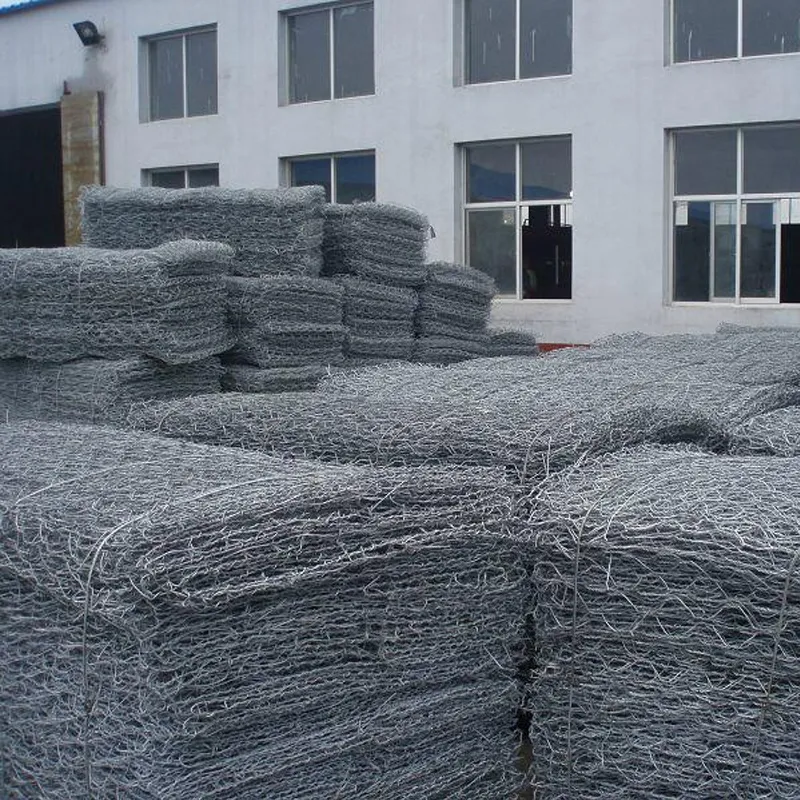8 月 . 06, 2024 10:21 Back to list
Exploring Various Types of Hydraulic Hose Pipe Fittings for Enhanced Fluid Transmission Solutions
Understanding Hydraulic Hose Pipe Fittings An Essential Component for Various Applications
Hydraulic systems are integral to a wide array of industries, including manufacturing, construction, and agriculture. At the heart of these systems are hydraulic hose pipe fittings, which play a crucial role in ensuring the effective operation and longevity of hydraulic machinery. This article aims to explore the significance, types, and proper selection of hydraulic hose pipe fittings.
Hydraulic hose pipe fittings are designed to connect hoses to different components in a hydraulic system, such as pumps, cylinders, and valves. These fittings provide a secure and leak-proof connection, allowing the hydraulic fluid to flow seamlessly between components. When hydraulic systems operate, they generate high pressures, making reliable connections essential to avoid leaks that could lead to equipment failure and safety hazards.
Types of Hydraulic Hose Pipe Fittings
Hydraulic hose pipe fittings come in various forms, each tailored for specific applications. Some of the most common types include
1. Permanent Fittings These fittings are crimped onto the hose and cannot be removed. Permanent fittings provide a strong and durable connection, making them ideal for high-pressure applications. They are often used in industrial settings where reliability and performance are critical.
2. Reusable Fittings As the name suggests, these fittings can be reused multiple times. They are designed for easy installation and removal, making them convenient for maintenance and repair tasks. Reusable fittings are particularly useful in mobile applications, where hoses may need to be changed frequently.
3. Threaded Fittings These fittings have a threaded interface that allows for a secure connection between the hose and the hydraulic component. They are available in various thread types, such as NPT (National Pipe Thread) and BSP (British Standard Pipe), allowing compatibility with different systems.
4. Flanged Fittings Flanged fittings use a flat surface and bolt holes for connection. They are typically used in larger hydraulic systems where a robust connection is necessary. Flanged fittings are known for their strength and stability, especially in high-pressure applications.
hydraulic hose pipe fittings

5. Push-to-Connect Fittings These are designed for quick and easy assembly without the need for additional tools. Push-to-connect fittings are ideal for applications that require frequent disassembly and reassembly, streamlining maintenance processes.
Selecting the Right Hydraulic Hose Pipe Fittings
Choosing the appropriate hydraulic hose pipe fittings is critical for ensuring system efficiency and safety. Several factors should be considered
- Compatibility Ensure the fittings match the hose size and type. Mismatched components can lead to leaks and failures.
- Pressure Ratings Each fitting comes with a specific pressure rating. It is vital to select fittings that can withstand the maximum pressure of your hydraulic system.
- Material The material of the fittings significantly affects their performance and longevity. Common materials include steel, stainless steel, and brass. The choice of material should consider factors such as corrosion resistance, strength, and the fluid being used.
- Operating Environment Consider the environment where the hydraulic system operates. Factors like temperature, exposure to chemicals, and potential physical damage should influence the choice of fittings.
In conclusion, hydraulic hose pipe fittings are a fundamental component of hydraulic systems, contributing to their reliability and efficiency. Understanding the various types of fittings and their applications is crucial for selecting the right components for your specific needs. By considering compatibility, pressure ratings, material, and operating environments, you can ensure the optimal performance of your hydraulic systems, enhancing productivity and safety across various industries.
-
Secure Your Roof with Quality Roofing Nails
NewsNov.04,2024
-
Secure Your Property with Quality Field Fencing
NewsNov.04,2024
-
Enhance Your Space with Quality Mesh Fencing
NewsNov.04,2024
-
Discover the Versatility of Iron Wire for Your Projects
NewsNov.04,2024
-
Discover the Versatility of Common Nails for Your Projects
NewsNov.04,2024
-
Discover Quality Hydraulic Fittings for Your Applications
NewsNov.04,2024









